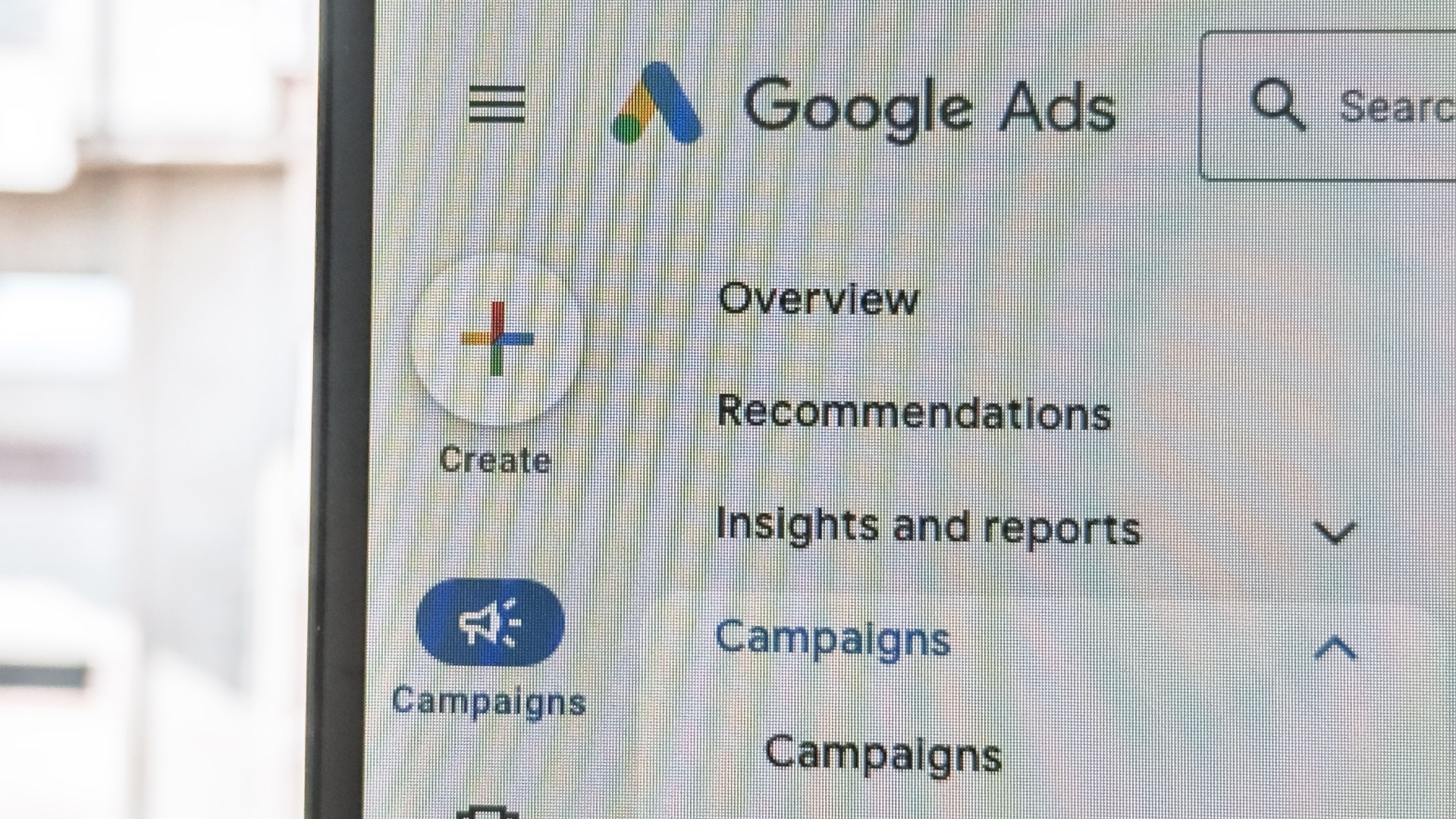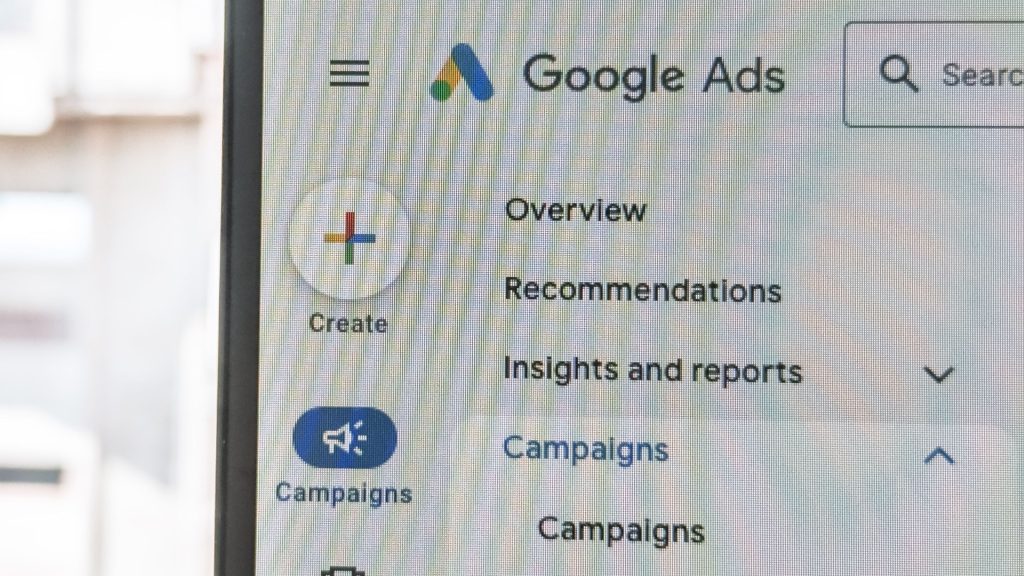Google Ads turns 25: A look back at the biggest changes and advances in search

Google today celebrated the 25th anniversary of its ad platform, first launched as AdWords in 2000. Now known as Google Ads, the platform remains the backbone of the company’s revenue engine.
Over two and a half decades, Google Ads has evolved from a manually managed system to a sophisticated AI-driven advertising platform spanning Search, YouTube, Play, and the wider web.
What Google is saying. Google is celebrating, with Vidhya Srinivasan, VP/GM of Ads & Commerce, sharing how AI is empowering us to rethink what’s possible’ and create a future of smarter, more helpful advertising.
- “Generative AI is transforming digital marketing, and I am so proud to see us leading the way with agentic capabilities, tools that automate and optimize campaigns and cutting-edge creative generation”
She emphasizes that the best ads provide answers and opportunities for inspiration, especially on Search and YouTube. She finally thanks its teams, advertisers, publishers, and creators for 25 years of collaboration, looking forward to the next 25.
Lookback. On this quarter-century milestone, Google has been moving fast on AI updates in the past few years and has really sped up the frequency of update announcements, with many of them coming from industry experts instead of Google itself.
Let’s look at some significant Google Ads stories in the past couple of years:
New products at Google Marketing Live 2024
- Google PMax upgrade allows mass AI creative asset production
- Google rolls out immersive, AI-powered Shopping Ads
- Google visual storytelling advances for YouTube, Discover, Gmail
- Google starts testing ads in AI overviews
- Google’s first-party data unification Ads Data Manager available to all
- Google gives merchants new brand profiles, AI branding tools
- Google tests AI-powered ads for complex purchases
New products at Google Marketing Live 2025
- Google expands ads in AI Overviews, AI Mode to desktop
- New Google AI tools transform Creative Ads, Video Campaigns, Brand Listings
- Google unveils Smart Bidding Exploration
- Google unveils new tools for testing, measurement, data
- Google is putting agentic tools in Ads and Analytics
- Google Marketing Advisor, an AI sidekick for advertisers, coming soon to Chrome
Performance Max
- Advertisers gained control to customise elements like logos, colours and fonts within PMax campaigns for better brand alignment.
- Google acknowledged that API-based placement exclusions do work for PMax campaigns (contrary to earlier guidance) giving more granular control.
- PMax campaigns can now include “Message” assets (chat-based interaction) allowing direct messaging from ads, increasing engagement options.
- Advertisers gained visibility into which search terms triggered PMax ads and can now add negative keywords directly from that report—boosting transparency.
- PMax campaigns can now include or exclude specific device types (desktop, mobile, tablet, TV) offering more precision in device-level targeting.
- Advertisers can now add up to 50 “Search Themes” (signals guiding PMax toward search intent) — up from earlier limits (10→25→50).
- The negative keyword cap in PMax campaigns was raised from 100 to 10,000 per campaign — giving much greater control over exclusions.
- Advertisers can now view cross-campaign channel performance for all PMax campaigns at the account level instead of individual campaigns only.
- PMax campaigns now support 9:16 vertical image formats (e.g., for mobile/Shorts-type placements) — enabling mobile-first creative flexibility.
Audience.
- Google broadened “Audience Signal Targeting” (previously only for Performance Max) to App campaigns — giving advertisers more direct audience signals in app-install/engagement campaigns.
- Advertisers can now build remarketing lists from viewers of specific YouTube creator videos (not just own channel) — expanding the audience-targeting toolkit.
- Due to consent issues, Google disabled key conversion tracking & remarketing audience building for EU traffic if Consent Mode v2 isn’t used — impacting audience signal quality.
- Google introduced a limit on how long a user can remain in a Customer Match list (540 days max) to improve data freshness and privacy compliance.
- GA4 audiences (including predictive ones) can now be created and used directly in Google Ads, giving more segmentation and activation capability.
RSAs.
- For developers/advertisers: via API you can remove automatically created assets linked to RSAs, giving more control.
- Google’s AI now dynamically assembles above- and below-the-fold assets: omitted descriptions, headlines used as sitelinks, etc., increasing flexibility of RSAs.
- Data for each RSA headline (clicks & conversions) is now available — big step for creative optimisation in RSAs.
New AI Tools.
Google officially announced AI Max for Search campaigns — enabling automation of keywords, creative and landing pages. In the following months advertisers kept noticing even more capabilities for this new functionality:
- Additional insights on rollout, keyword-less targeting, geo controls and reporting enhancements.
- Brand inclusion/exclusion controls integrated into the AI Max settings panel for new campaigns.
- AI Max appears as its own match type in reporting dashboards — giving advertisers visibility into automated matches.
- Reporting now allows viewing search terms, ad headlines and landing pages together for AI Max campaigns.
- Google introduced a new experiment type for testing AI Max within campaigns (50/50 split control-variant).
- New “Sources” column shows where AI Max traffic comes from (landing page inclusion, expanded matches etc.).
Privacy concerns continue.
- In October 2025, after industry concerns of Google’s privacy solution and Google saying they will no longer be removing third party cookies from Chrome, Google officially shut down its Privacy Sandbox initiative, which aimed to replace third-party cookies with privacy-preserving ad technologies.
- In February 2025, Google introduced a 540-day cap on Customer Match list durations across its advertising platforms.
- In May 2024, Google began rolling out changes to comply with new state privacy laws and user opt-out preferences across its ads and analytics products.
- In January 2024, Google updated its data privacy policies for targeted ads in Europe to comply with the Digital Markets Act (DMA).







Recent Comments